Understanding cataracts is essential for those seeking clarity about this common eye condition. Imagine you’re trying to gaze out of a pristine window, but all you see is a frosted or foggy haze. That’s what it feels like for those dealing with cataracts. This pesky cloudiness isn’t just an inconvenience; it’s a barrier that can make reading your favorite book, driving under the stars, or simply catching the twinkle in your loved one’s eyes a challenging task.
In the beginning, these cataracts sneak up slowly, almost like a thief in the night, not causing much trouble. And sure, a brighter room or a pair of trendy glasses might keep them at bay for a while. But like all unwelcome guests, cataracts tend to overstay their welcome, impacting vision more as time ticks by.
Now, if you’re thinking this sounds like a bleak future, hang tight! The good news? If these cloudy culprits start playing too much havoc, there’s a superhero move called cataract surgery. And trust me, it’s not only safe but also pretty darn effective.
Understanding Cataracts: Key Symptoms to Know
Alright, let’s dive right in. Have you ever wondered if some of those little quirks in your vision might be pointing to something more? Let’s unpack this:
Symptoms of cataracts include:
- Clouded, blurred or dim vision: Like trying to watch a movie with fingerprint smudges on your glasses.
- Trouble seeing at night: That evening drive feels a tad trickier than it used to.
- Sensitivity to light and glare: Suddenly, even the dimmest light feels like a spotlight.
- Need for brighter light for reading and other activities: Ever catch yourself squinting or adjusting the lampshade more and more?
- Seeing “halos” around lights: Streetlights now come with their own radiant aura.
- Frequent changes in eyeglass or contact lens prescription: Those frequent visits to the optometrist? Yep, it might not just be you.
- Fading or yellowing of colors: The world appears a bit less vibrant, like an old photograph.
- Double vision in one eye: Not the fun kind of double vision, I’m afraid.
At the outset, these symptoms might be subtle. Picture a clear pond with just a pebble thrown in; the ripples are small and localized. That’s what a beginning-stage cataract might feel like, impacting only a tiny area of your eye’s lens. You might not even bat an eyelid at the slight vision alteration. But as the cataract grows, like a stone becoming a boulder, it casts a larger shadow, affecting more of your lens. The way light enters and plays within your eye starts to change. And voilà, that’s when these symptoms start truly making their presence felt.
Alright, let’s chat about when it’s time to ring the doctor.
When to see a doctor:
So, you’re noticing some shifts in how you see the world? Maybe the words on your morning newspaper are a smidge blurrier or those streetlights have taken on a new, haloed look. Here’s the deal: Don’t just shrug it off. It’s time to pencil in an eye exam.
But hey, if you suddenly feel like you’re in a 3D movie without the glasses (hello, unexpected double vision), spot unexpected flashes of light, or if your eyes suddenly feel like they’re sending out an SOS with pain—or, heck, even if your head’s pounding out of the blue—don’t wait. Reach out to your healthcare squad immediately. They’re there to help, after all.
Understanding the Causes of Cataracts
Ever wonder what’s behind the scenes causing cataracts? Let’s break it down, real chat style.
Most cataracts sneak up on us because of good ol’ aging or perhaps a rogue injury messing with the delicate fabric of our eye’s lens. Here’s what happens: those proteins and fibers that keep our lens all neat and tidy? They start to crumble a bit, getting all tangled up, leading to that hazy or clouded vision. It’s like your eye’s internal window getting a little dusty.
But wait, there’s more. You know those family traits we inherit? Like Uncle Joe’s curly hair or Aunt Mae’s freckles? Well, some not-so-fun ones can boost our chances of getting cataracts too, especially if they’re linked to other health issues. Add to that list some specific eye conditions, a history of eye surgeries, and certain medical situations like diabetes. Oh, and if you’ve been riding the steroid medication train for a while? That too could be queuing up cataracts on your life’s playlist.
How a Cataract Forms:
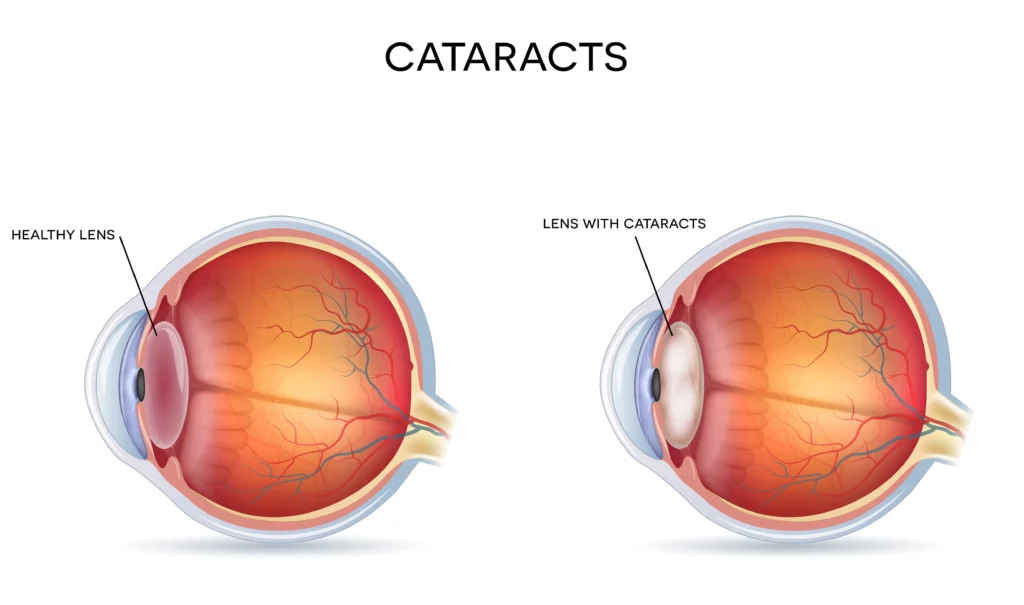
Let’s dive into some eye science, shall we?
Picture this: Behind that colorful part of your eye (yep, I’m talking about the iris) lies a clear lens. Its job? Acting like a camera’s lens, focusing light beams to create a crystal-clear image on the retina, which sits at the back of your eye.
Now, fast-forward a few decades. Just like how our joints might creak a bit more with age, our eye’s lens starts feeling the years too. It becomes less limber, a tad foggy, and a smidge thicker. Blame it on age or certain medical conditions, but the proteins and fibers within our once-clear lenses can start throwing a bit of a party, clumping together, and clouding our vision.
As the cataract continues its unwelcome stay, this clouding gets even more pronounced. Instead of letting light stream through beautifully, the cataract throws it around haphazardly, blocking and scattering the beams. The result? A blurry image on your retina instead of a high-def one.
Here’s an interesting tidbit: while cataracts are known to play the “both eyes” game, they aren’t always team players. One might race ahead, causing more blurriness than its twin, leading to a mismatch in vision between your two peepers.
Different Shades of Cataracts:
Alright, folks, cataracts come in different flavors, so let’s get to know each one a bit better.
- Nuclear Cataracts: Think center stage. These guys set up camp right in the heart of your lens. At the start, they might pull a sneaky move—making distant objects seem a tad out of focus, while your close-up view is crisp as ever. Heck, you might even find yourself reading without those glasses for a bit. But, as time saunters on, the lens adopts a yellowish or brownish tint, muddling your vision. And distinguishing colors? That could become a tough game.
- Cortical Cataracts: These are the edgy rebels of the cataract family, making their mark on the lens’ outer rim. They kick off their journey as wedge-like white streaks. But as they grow and flex their muscles, they work their way to the center, throwing a wrench in the light’s path.
- Posterior Subcapsular Cataracts: Setting up shop at the lens’s back, these cataracts have a knack for directly blocking light’s pathway. They start small but can pack a punch, especially messing with your reading vision. Bright lights might seem too glaring, and nighttime lights could sport halos. And here’s a thing to note: these little troublemakers grow faster than their cataract cousins.
- Congenital Cataracts: These are the “since birth” type. Some folks roll into the world with them or develop them as kids. Genetics play a role here—thanks, family tree—or they could be the aftermath of infections or in-utero mishaps. On the medical front, conditions like myotonic dystrophy, galactosemia, neurofibromatosis type 2, or rubella might be the culprits. The silver lining? Not all congenital cataracts mess with your sight. But if they do, doctors usually give them the boot pretty quick.
So, while they all come under the ‘cataract’ umbrella, they each have their unique quirks and features. Know them, so you can spot them!
Risk Factors: What's Boosting Your Cataract Chances?
Ever wondered what might be nudging you closer to the cataract club? Let’s chat about the risk factors that could be upping your odds:
- Ticking Clock: Yep, as the years pile on, the risk inches up. Aging isn’t just about getting wiser; it sometimes brings along these visual guests.
- Diabetes: Those with this condition need to be a tad more vigilant. It’s a known cataract ally.
- Sun Worship: Too much sunbathing without eye protection? Those UV rays can be sneaky cataract promoters.
- Smoking: Lighting up isn’t just harsh on the lungs; your eyes aren’t big fans either.
- Tipping the Scales: Carrying around excess weight can have implications beyond just your waistline; think cataracts.
- Family Ties: Got relatives with cataracts? It might be in your genes, so keep a lookout.
- Past Eye Adventures: Had a previous eye injury or inflammation? They could come back to haunt in the form of cataracts.
- History of Eye Surgery: If you’ve had any sort of eye surgery, it could possibly increase your cataract chances.
- Medication Matters: Long-term usage of corticosteroid meds? They might be doing more than just addressing your initial ailment.
- Cheers, but in Moderation: Love a drink? Be mindful. Going overboard with alcohol might be inviting cataracts to the party.
Awareness is half the battle. Knowing these factors helps you be proactive, make informed choices, and keep those peepers in check!
Preventing Cataracts: Tips and Tricks
While there’s no magic formula to outright prevent or halt cataracts in their tracks, there are some nifty strategies that experts believe could play defense. Let’s walk through some:
- Regular Eye Check-ups: Just as you’d get a car serviced, treat your eyes to routine exams. They can spot cataracts or other issues early on. Not sure how often? Check in with your health care squad for guidance.
- Kick the Butt: If you’re lighting up, it’s time to extinguish that habit. Need help quitting? Your health team’s got your back with meds, counseling, and more.
- Stay On Top of Health Issues: Got other health hiccups like diabetes? Stick to your treatment plan. Keeping these in check can fend off those pesky cataracts.
- Eat the Rainbow: Pile on those fruits and veggies. They’re packed with vitamins, nutrients, and those glorious antioxidants that give your eyes a health hug.
- Pills vs. Plates: While popping antioxidant pills hasn’t been proven as a cataract shield, a diet brimming with vitamins and minerals does show promise in warding them off. Plus, munching on fruits and veggies offers a plethora of other health perks.
- Sunglasses are Cool (and Crucial): Those sunnies aren’t just a fashion statement. They’re your armor against the sun’s ultraviolet B rays, which might be throwing a cataract party.
- Moderate Your Merry: Love a drink? Cheers, but keep it chill. Overindulging could pave the wayfor cataracts.
While these aren’t foolproof solutions, they’re solid steps in the right direction. Here’s to seeing life clearly!
References
- Cataract. Merck Manual Professional Version. https://www.merckmanuals.com/professional/eyedisorders/cataract/cataract?query=cataract#. Accessed April 17, 2023.
- AskMayoExpert. Cataracts. Mayo Clinic; 2022.
- Cataract. American Optometric Association. https://www.aoa.org/healthy-eyes/eye-and-vision-conditions/cataract?sso=y. Accessed April 17, 2023.
- Jacobs DS. Cataract in adults. https://www.uptodate.com/contents/search. Accessed April 19, 2023.
- Cataracts. National Eye Institute. https://www.nei.nih.gov/learn-about-eye-health/eye-conditions-and-diseases/cataracts. Accessed April 19, 2023.
- Cataract in the adult eye PPP. American Academy of Ophthalmology. https://www.aao.org/education/preferred-practice-pattern/cataract-in-adult-eye-ppp-2021-in-press. Accessed April 19, 2023.
- Causes of cataracts. National Eye Institute. https://www.nei.nih.gov/learn-about-eye-health/eye-conditions-and-diseases/cataracts/causes-cataracts. Accessed April 19, 2023.

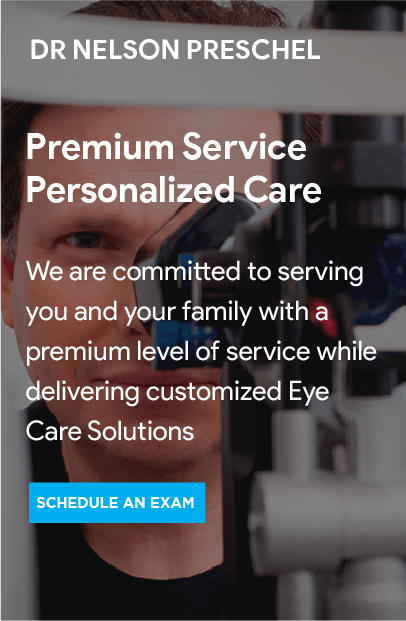

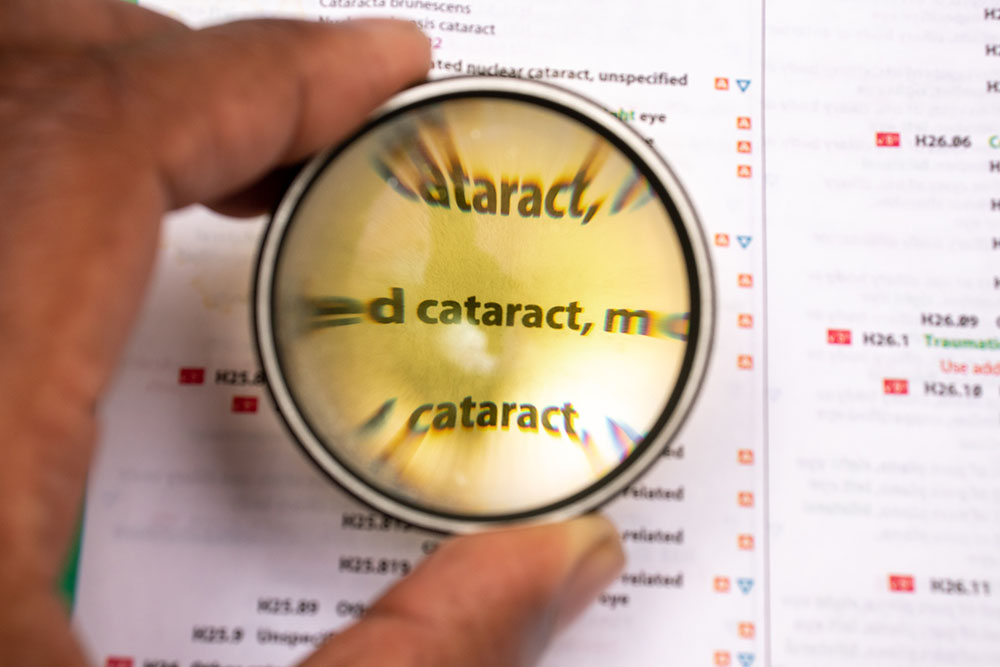
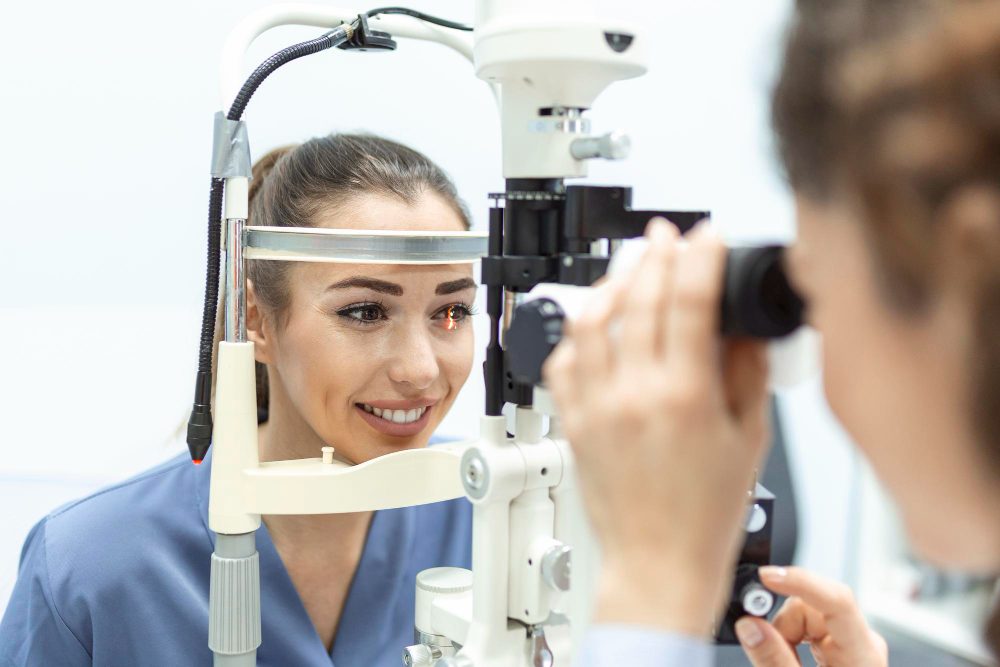
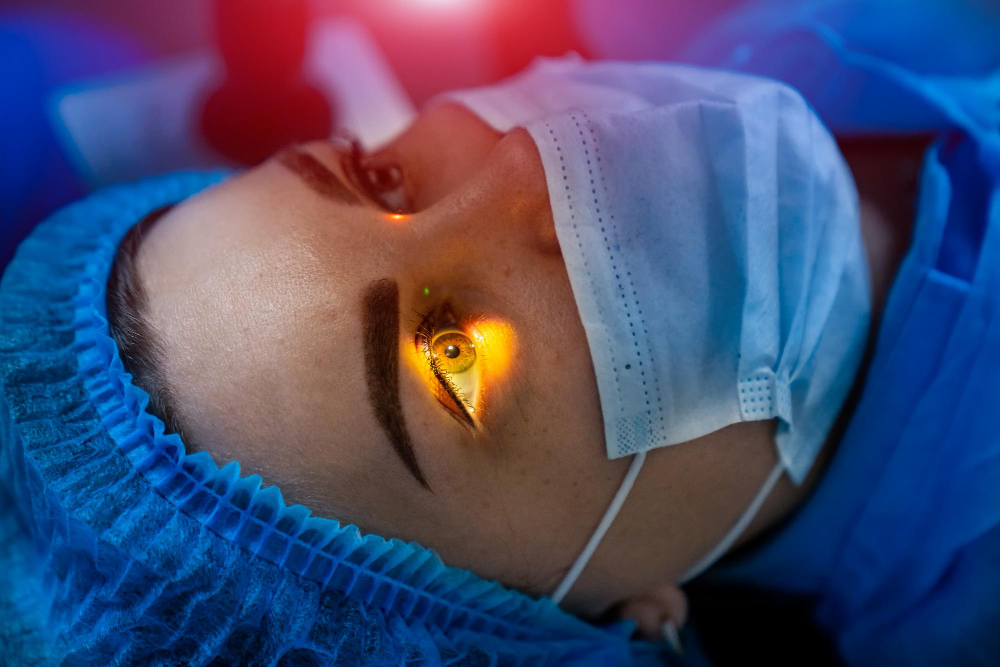
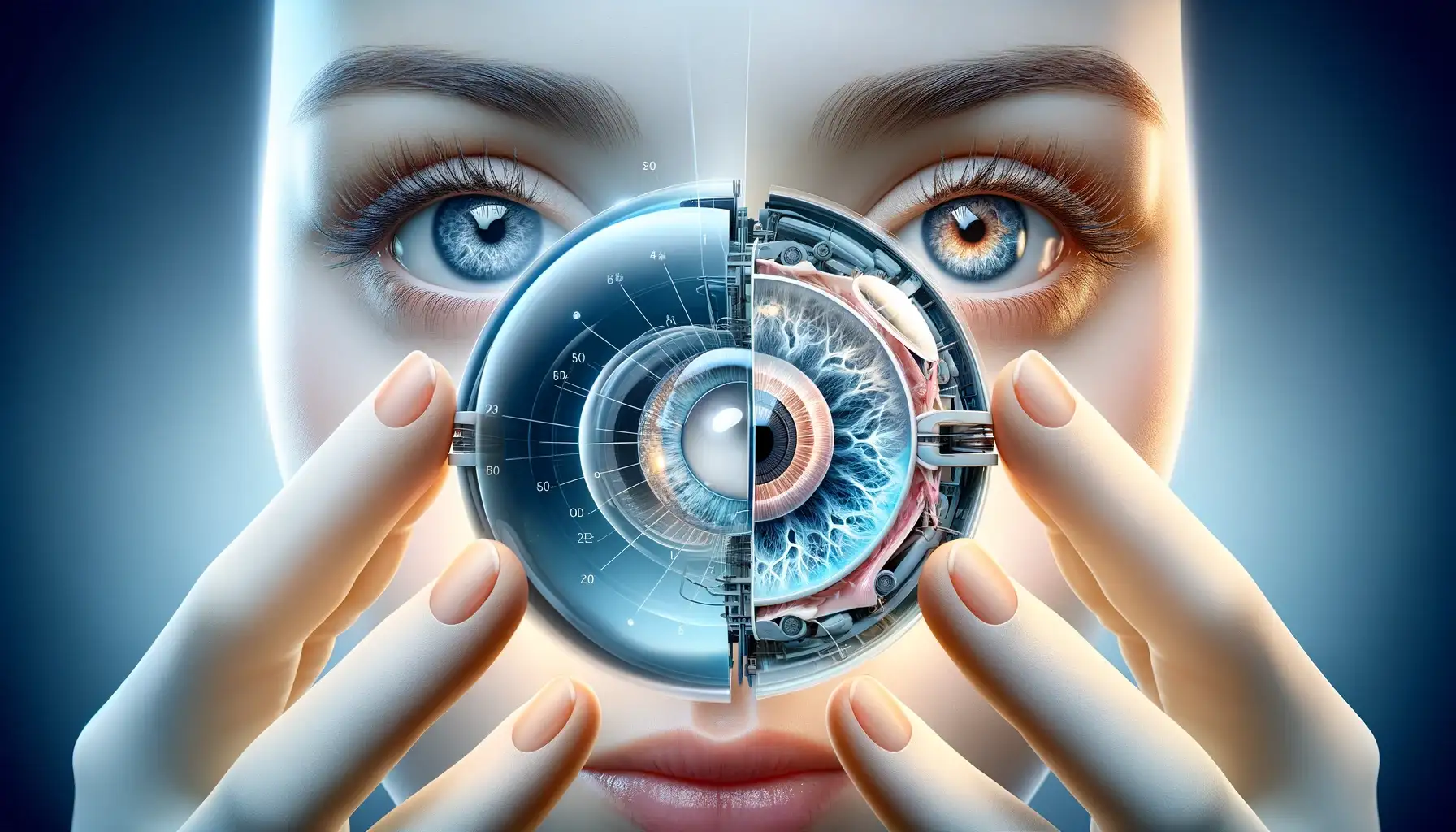
4 Responses
We would like to thank you just as before for the lovely ideas you offered Janet when preparing her own post-graduate research and also, most importantly, with regard to providing many of the ideas within a blog post. In case we had known of your web site a year ago, i’d have been saved the nonessential measures we were selecting. Thanks to you.